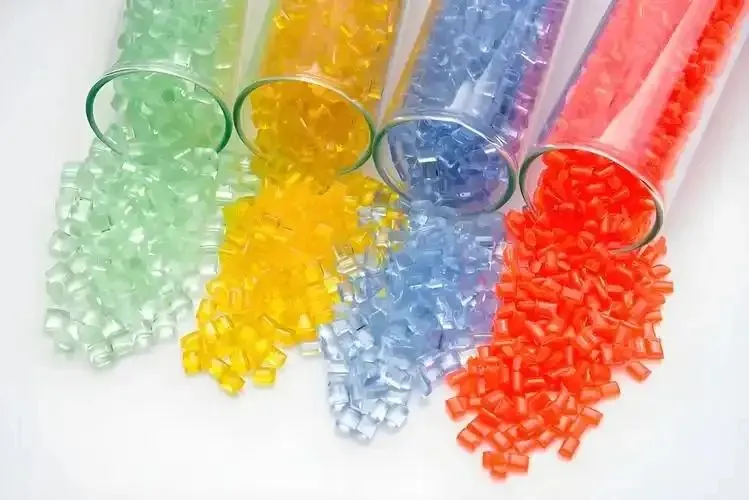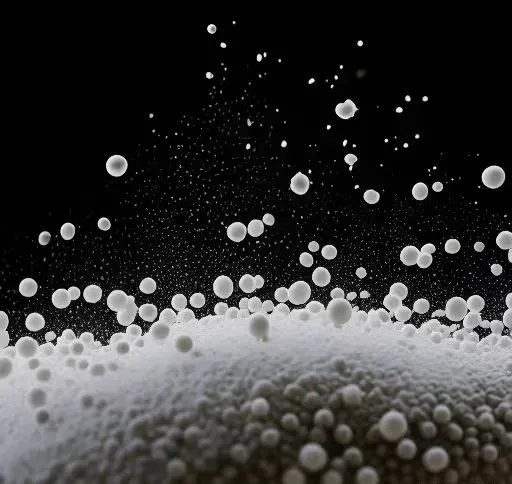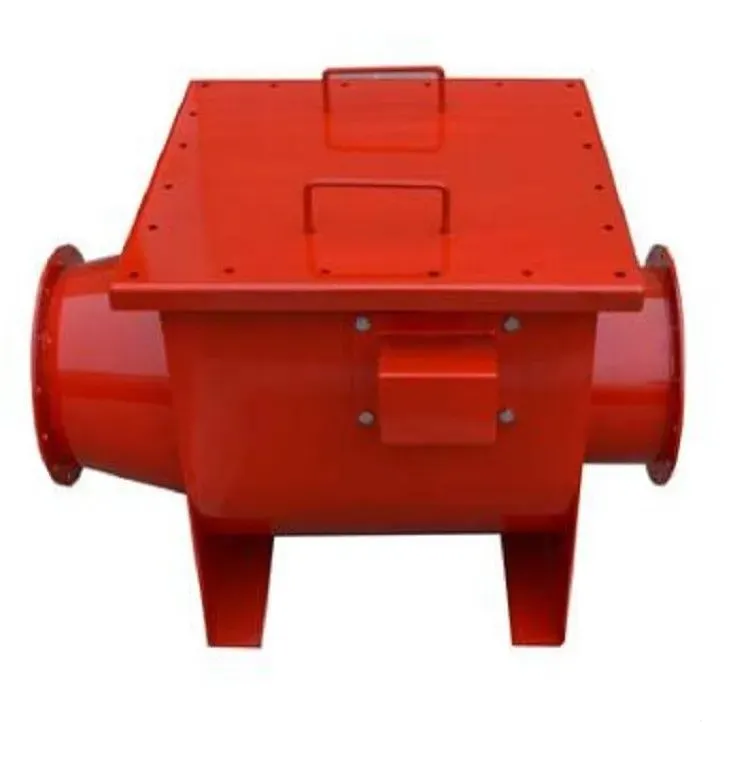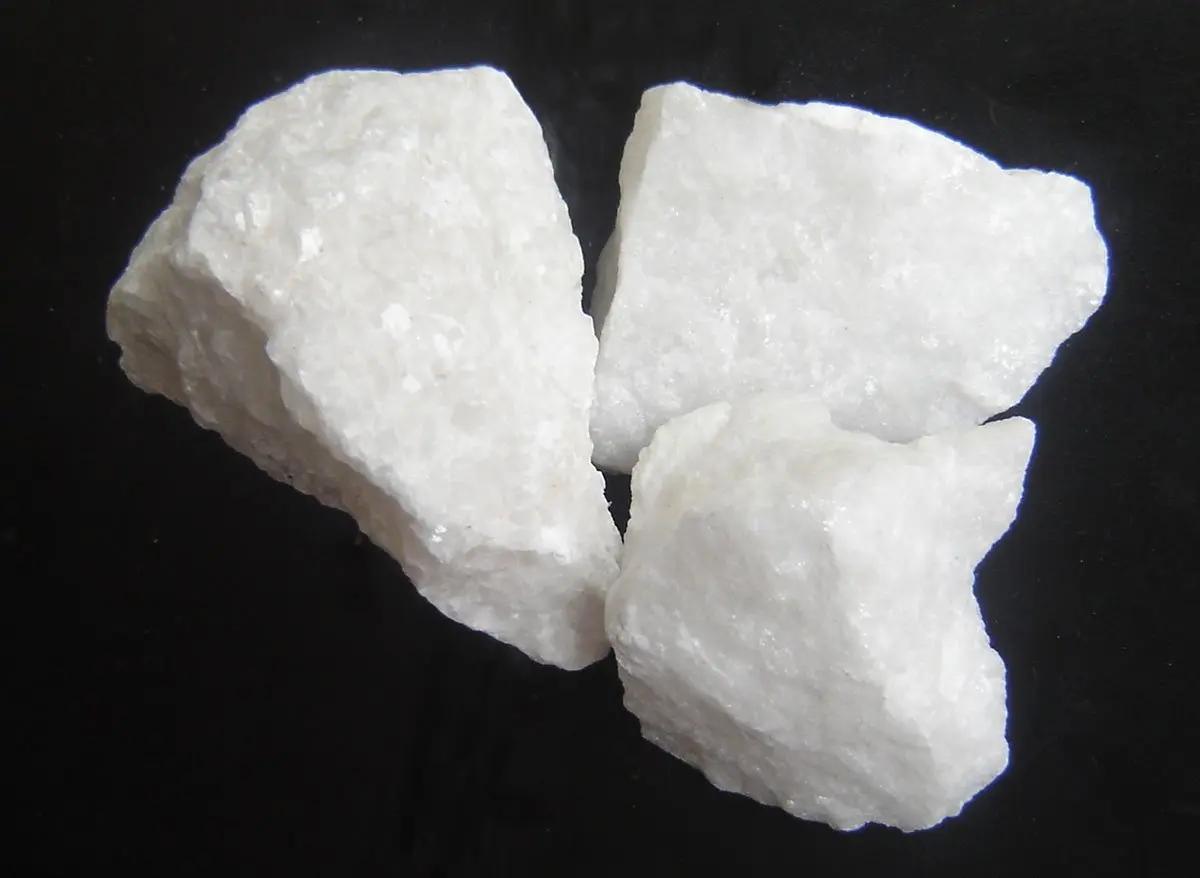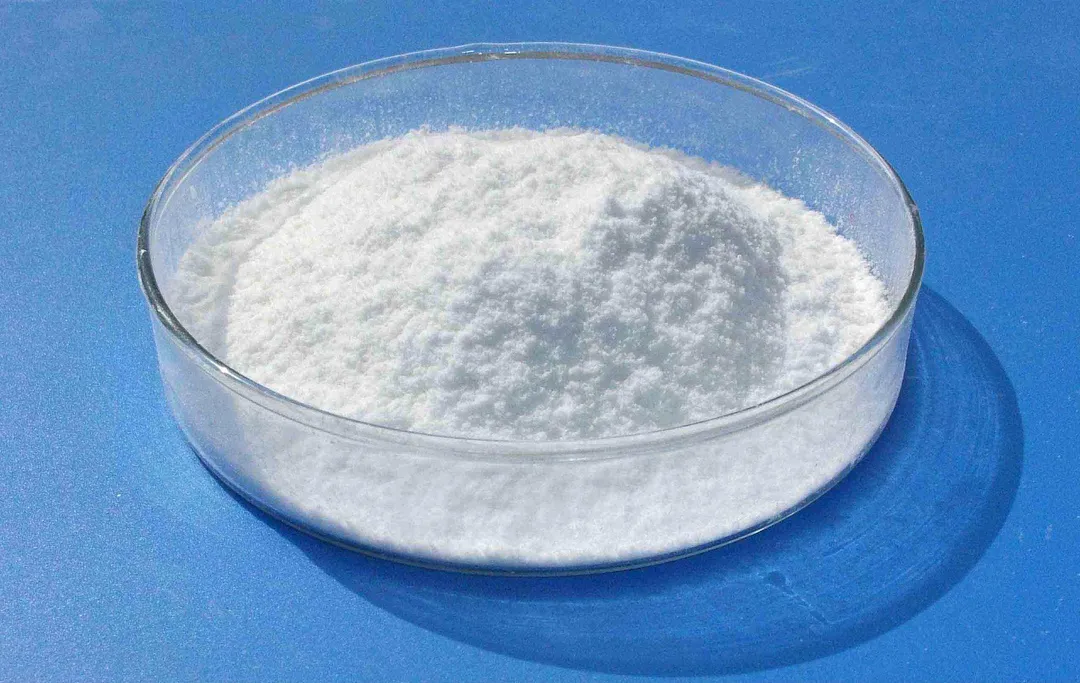In ceramic powder preparation, particle size control is a core factor that affects both powder performance and the final quality of ceramic products. Based on process principles and recent research, precise control can be achieved through the following five aspects:

1. Optimization of Preparation Process Parameters
Mechanical Milling Control
Ball Milling Time and Efficiency: Ball milling time must balance particle refinement and agglomeration risks. For example, when preparing (Bi,Na)TiO₃-based ceramics, extending ball milling from 8 to 24 hours reduced D50 from 3.2μm to 0.8μm. However, beyond 20 hours, increased surface energy caused secondary agglomeration (e.g., >1.5μm clusters observed via SEM).
Классификация Process: Coarse particles can be separated using air classification or wet classification (e.g., centrifugal sedimentation). For example, centrifugal classification of alumina powder reduced D90 from 15μm to below 5μm, enhancing sintering density.
Chemical Synthesis Control
Hydrothermal/Solvothermal Method: Precursor type and reaction medium directly affect grain size. Using TiO₂ as a precursor, controlling pH between 8–9 yields spherical particles of 50–100nm, while pH >10 leads to rod-like structures (aspect ratio >5).
Sol-Gel Method: Hydrolysis rate, regulated by catalysts (e.g., nitric acid), plays a critical role. Slow hydrolysis (0.5mL/h drop rate) results in uniform 20–50nm particles, avoiding broad distribution (10–200nm) from fast hydrolysis.
2. Additives and Surface Modification
Dispersant Selection
Sodium dodecyl sulfate (SDS) added at 0.5wt% to alumina powder can reduce slurry viscosity from 1200mPa·s to 400mPa·s, suppressing hard agglomerates.
Polyvinylpyrrolidone (PVP) used for zirconia powders helps maintain 30–80nm dispersion via steric hindrance.
Combustible-Assisted Calcination
Patent CN103833377A proposes adding 5
–10% cellulose particles (200–400 mesh) during wet-chemical powder synthesis. After calcination, residual ash is <0.1%, and agglomerated Y₂O₃-stabilized ZrO₂ particle size is reduced from 2
μm to 0.8μm, while specific surface area increases from 8m²
/g to 25m²/g.
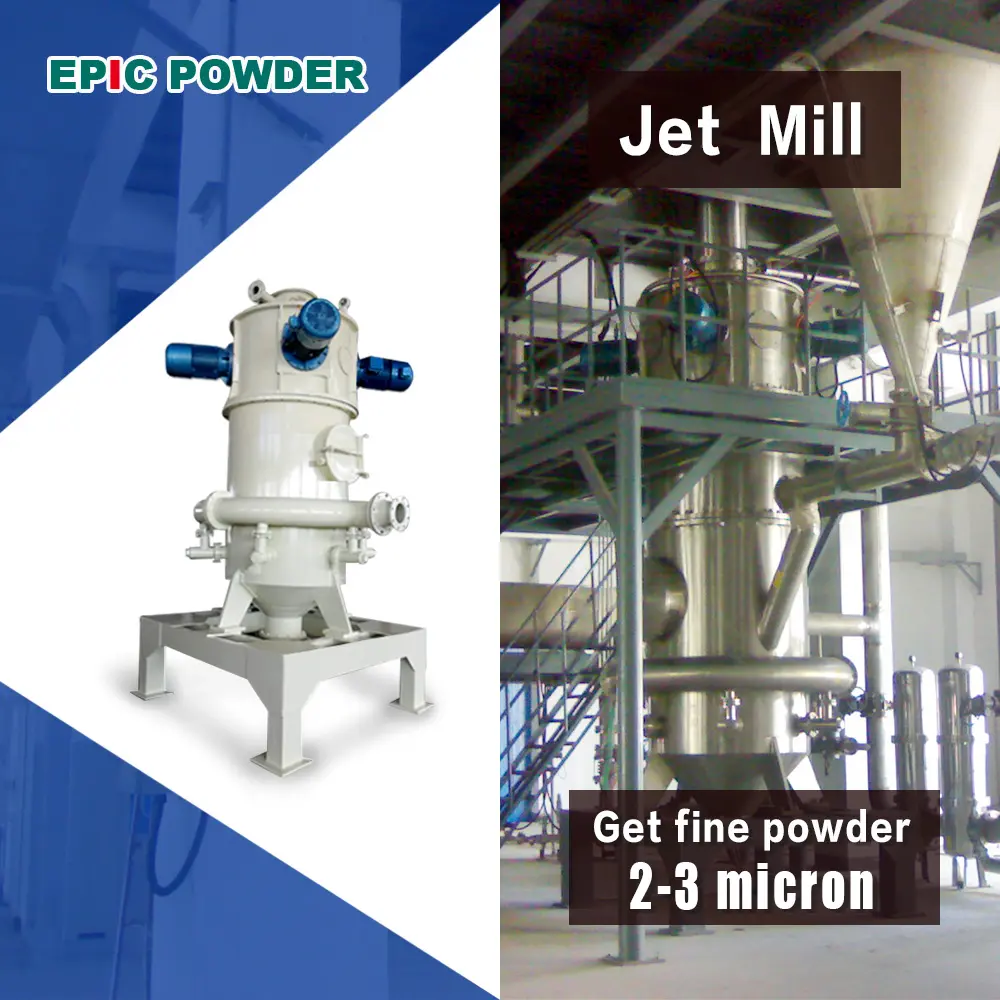
3. Particle Size Distribution Design
Optimization of Multimodal Distribution
Mixing coarse particles (1–5μm) and fine particles (0.1–1μm) in a 7:3 volume ratio increases green density of Al₂O₃ bodies from 2.1g/cm³ to 2.6g/cm³ and reduces sintering shrinkage by 3%.
For silicon carbide ceramics, a three-level size distribution (0.5μm:1μm:3μm = 2:5:3) boosts flexural strength from 350MPa to 480MPa.
Span Control Strategy
A particle size span (D90/D10) of ≤5 is recommended. For BNBT lead-free piezoelectric ceramics, reducing span from 8 to 3 increased dielectric constant from 1200 to 1800 and piezoelectric coefficient d33 from 125pC/N to 160pC/N.
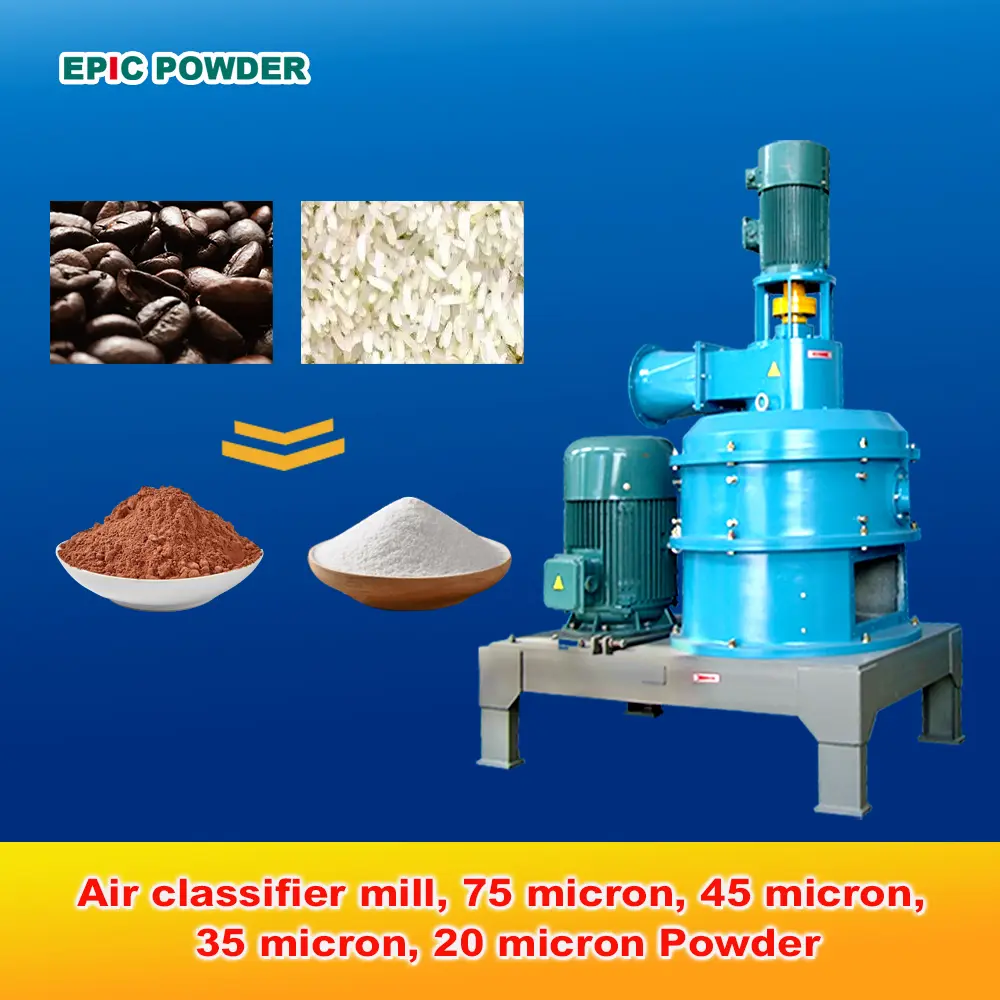
4. Sintering Process Adaptation
Temperature-Time Matching
For ultrafine powders (<100nm), a two-step sintering method is used: rapid heating to 1200°C (e.g., for alumina) with a 10-minute hold, followed by slow cooling to 1000°C with a 2-hour hold. This reduces grain growth rate by 70% and suppresses abnormal grains (>5μm).
Pressure-Assisted Densification
Hot Isostatic Pressing (HIP) at 150MPa and 1600°C for silicon nitride powders increases relative density from 92% to 99.5% and improves Weibull modulus from 12 to 20.
5. Monitoring and Feedback Control
Online Monitoring Technology
Laser particle size analyzers (e.g., BT-9300S) monitor D50 fluctuations in real time. Using PID algorithms to adjust шаровая мельница speed (300–800rpm) can reduce batch-to-batch D50 deviation of ZrO₂ powders from ±0.5μm to ±0.1μm.
Defect Source Analysis
Combined SEM/XRD analysis of sintered cracks: if coarse particles (>2μm) are found around cracks, the classification process needs optimization. If low-melting phases are found at grain boundaries, raw material impurities must be checked (e.g., Na⁺ content should be <50ppm).
Typical Case Comparison
| Parameter | Alumina Powder (Electronic Ceramics) | Silicon Carbide Powder (Structural Ceramics) |
| Target D50 | 0.5μm | 1.2μm |
| Dispersant | Sodium Dodecyl Sulfate | Ammonium Polyacrylate |
| Sintering Temperature | 1600℃/2h | 2100℃/1h |
| Final Density | 3.92g/cm³(99.8%) | 3.15g/cm³(98.5%) |
Заключение
Particle size control must be integrated throughout the entire process — from raw material selection to preparation, shaping, and sintering. Suitable strategies should be selected for different applications, such as ultrafine uniform powders for electronic ceramics or graded enhancement for structural ceramics. Meanwhile, online monitoring enables dynamic optimization for consistent quality.
Эпический порошок delivers precision ceramic powder solutions powered by European core technology. From ultrafine control to multimodal design, we help customers boost product performance and consistency. Partner with us to upgrade your materials to the next level.

